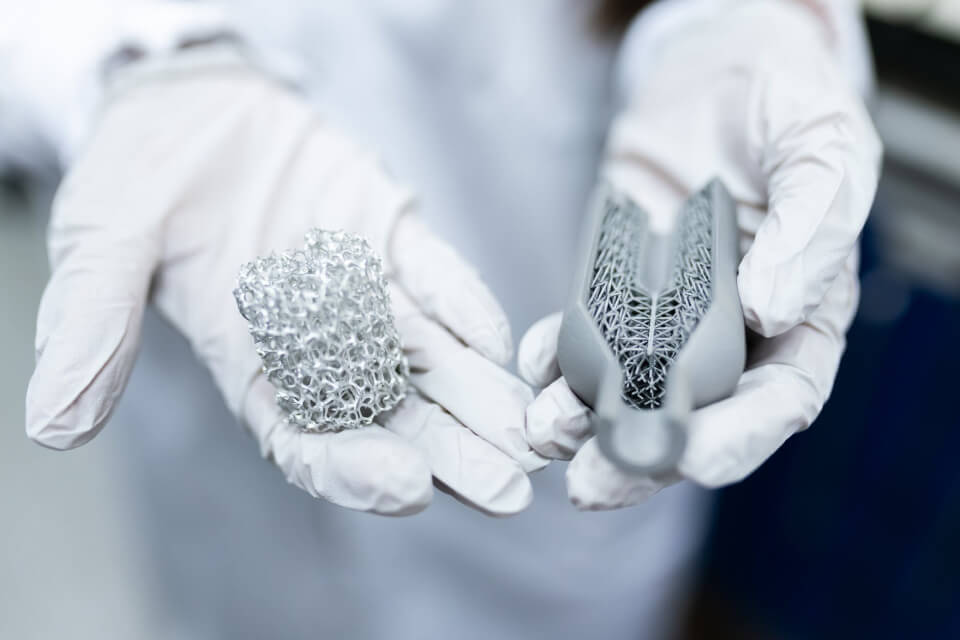If you deal with diabetes, you probably know how to prick your finger and use a little meter to read your glucose levels. The meters get better and better which mostly means they take less blood, so you don’t have to lacerate your finger so severely. Even so, taking your blood several times a day is hard on your fingertips. Continuous monitoring is available, but — until recently — required a prescription and was fairly expensive. [Andy] noticed the recent introduction of a relatively inexpensive over-the-counter sensor, the Stelo CGM. Of course, he had to find out what was inside, and thanks to him, you can see it, too.
If you haven’t used a continuous glucose monitor (CGM), there is still a prick involved, but it is once every two weeks or so and occurs in the back of your arm. A spring drives a needle into your flesh and retracts. However, it leaves behind a little catheter. The other end of the catheter is in an adhesive-backed module that stays put. It sounds a little uncomfortable, but normally, it is hardly noticeable, and even if it is, it is much better than sticking your finger repeatedly to draw out a bunch of blood.
So, what’s in the module? Plenty. There is a coin cell, of course. An nRF52832 microcontroller wakes up every 30 seconds to poll the sensor. Every 5 minutes it wakes up to send data via Bluetooth to your phone. There are antennas for Bluetooth and NFC (the phone or meter reads the sensor via NFC to pair with it). There are also a few custom chips of unknown function.
[Andy] makes the point that the battery could last much longer than the two-week span of the device, but we would guess that a combination of the chemicals involved, the adhesive stickiness, the need to clean the site (you usually alternate arms), and accounting for battery life during storage, two weeks might be conservative, but not ridiculous.
It’s amazing that we live in a time when this much electronics can be considered disposable. CGM is a hard problem. What we really want is an artificial pancreas.



